Hello and welcome to the Maldives.
It is the 1190 beautiful islands scattered throughout the Indian Ocean, each one unique in its own natural way. Maldives has a population of 450 thousand people, 200 thousand of whom live in Mal’e, the capital city. The Maldives’ beautiful islands are inhabited over crystal clear waters that support 1100 species of marine life and white sandy beaches with palm trees.
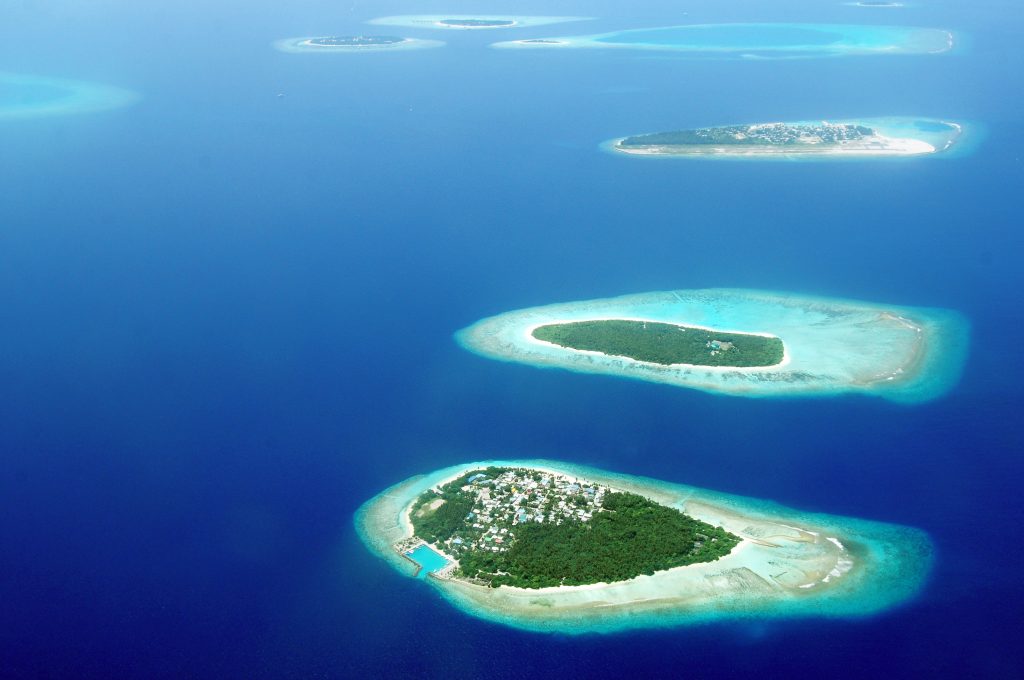
In ancient times, the Maldives’ shores welcomed lost travelers. These shores are still welcoming, offering visitors a peaceful haven.
While tourism is the country’s main source of income, as we mark 50 years of tourism, tourists from all over the world have visited the Maldives in search of sun, sand, and sea.
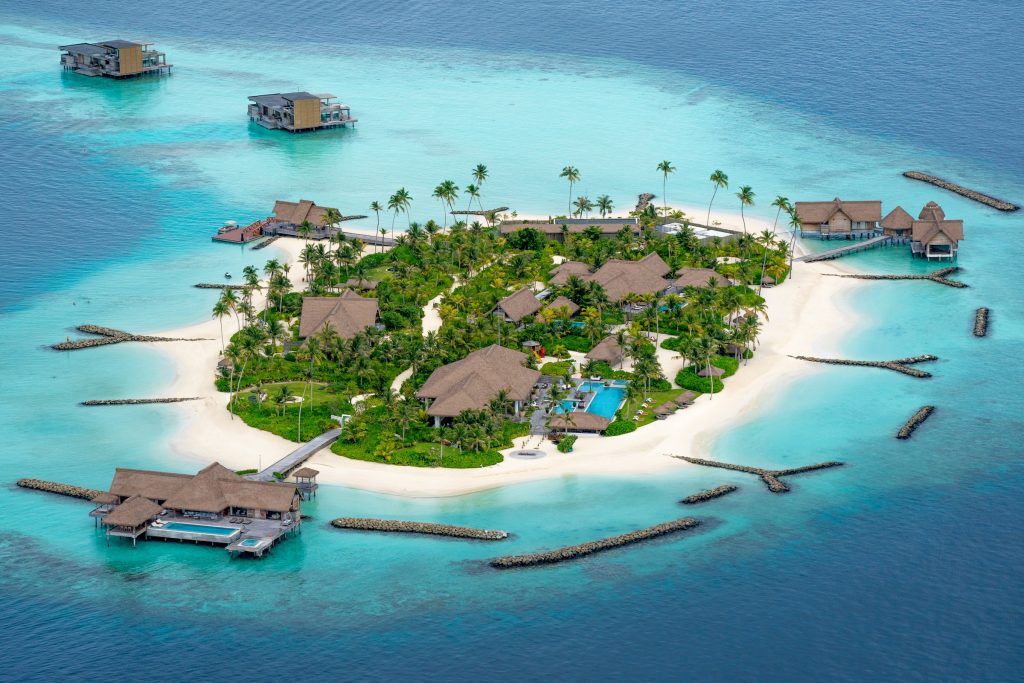
The Maldives is well-known throughout the world for its crystal clear water, sandy beaches, and underwater beauty, which includes marine life found only in this region of the world.
Divers from all over the world visit the Maldives because it is regarded as one of the best dive destinations on the planet.
If a honeymoon is supposed to be a celebration of love in an intimate, secluded, and, most importantly, beautiful setting, the Maldives is the world’s best backdrop for all of these things.
There are numerous ways to let the magic of the islands enchant you during your romantic getaway. A dinner under the stars with the occasional flicker of candle light to bring you back into the real world, a daring day trip to a nearby uninhabited island all to yourself, or simply lazing around in your private bungalow watching the endless turquoise waters while receiving a spa treatment in the room.
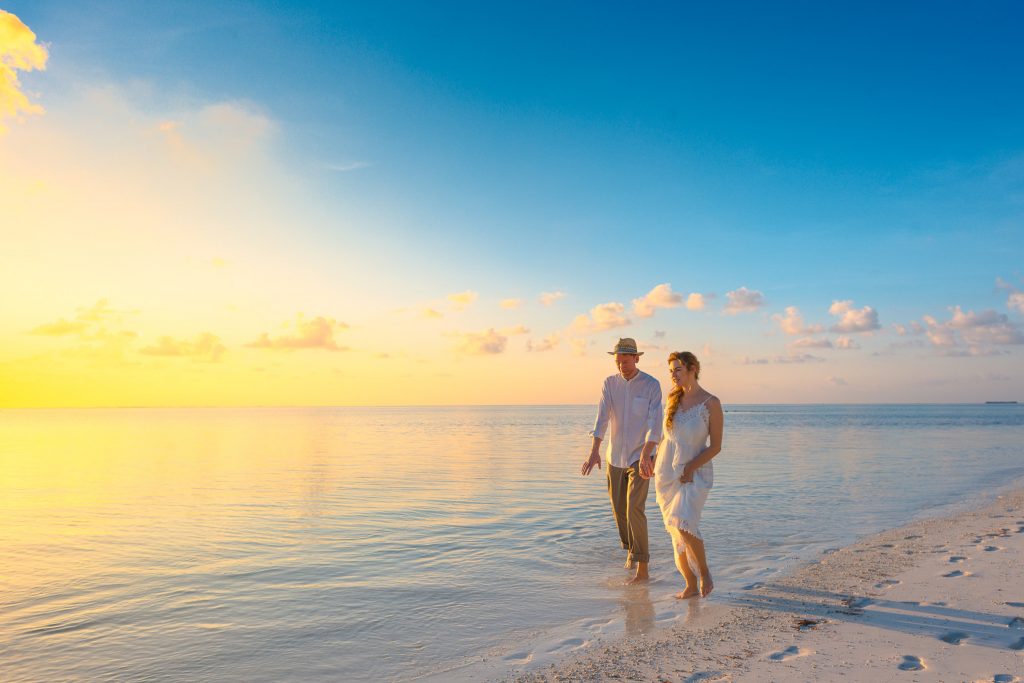
Your honeymoon does not have to be a once-in-a-lifetime event. Every time you return to these magical islands, you will relive your honeymoon all over again.
Spas in the Maldives have thus perfected themselves as ultimate getaway cocoons in the middle of the vast Indian Ocean. Traditional healing methods passed down through generations as family secrets by hakeembe (healing experts) have been incorporated into special spa programs on the Maldivian islands.
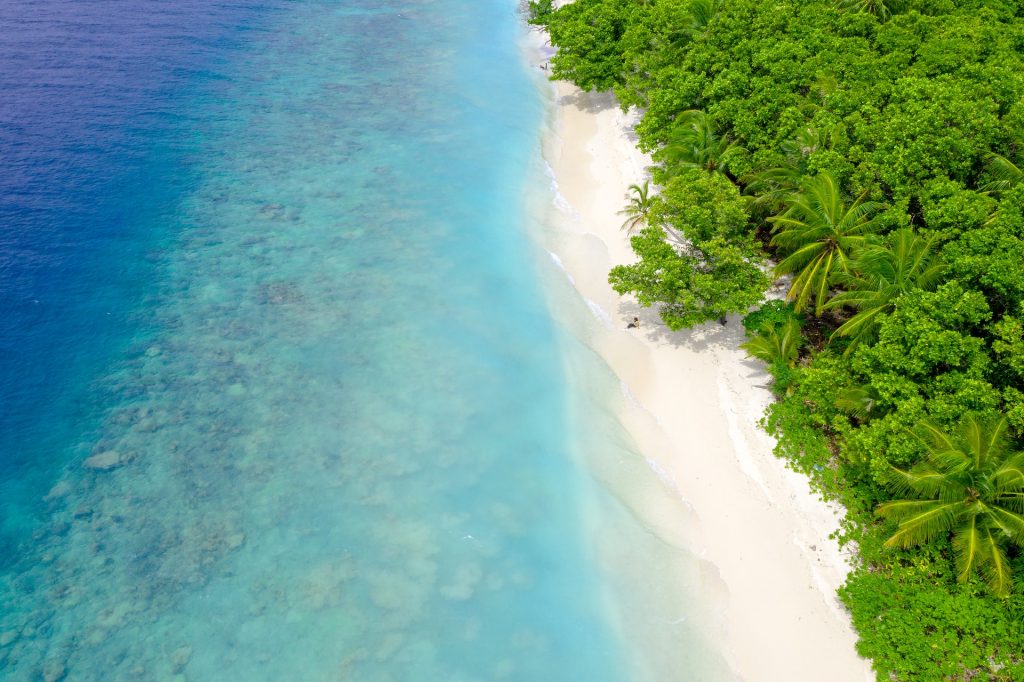
Spend a day at a nearby islands to get a taste of local life. Maldivians are quite adaptable and generally open to outside inspiration. The culture has always evolved in tandem with the times. Locals continue to eat fish and fishermen continue to spend days at sea, but tourism has gained prominence. Most Maldivians still believe in maintaining faith unity and oneness, but recent waves of reform in the country have created a whole new culture of new ideas and attitudes. The effects of modernity are now accepted while still striving to preserve the people’s identity, traditions, and beliefs.
How did the Maldives became a travel destination?
What could you do with thousands of tiny uninhabited tropical islands scattered in the Indian Ocean, not too close, not too far away, distant and disconnected from the urban world?
Well, you show them off to the rest of the world. At least, that’s what Italian tour operator George Corbin had in mind when he discovered the Maldives in the early 1970s while looking for new Asian travel destinations. ‘Awesome,’ he thought.
Soon after, plans were made and sketches were created to welcome the first paying visitors to the Maldives.
A chartered Air Cyclone flight carrying 22 Italian tourists landed on a narrow airstrip on Hulhule’ island in October 1972, which would later be developed into the Maldives’ first international airport. The trip was organized by Agenzia Viagi sesto Continete, which is led by George Corbin. Male’ Atoll Vihamanaafushi island was renamed Kurumba Village and converted into the first tourist resort with the help of a young group of Maldivian enthusiasts and entrepreneurs. Guests slept under palm thatched roofs, surrounded by coral stone walls, and ate mostly home-cooked local cuisine. However, the Maldives was a far cry from travel trends in the 1970s, when the hippie trail was the most common way for European travelers to explore Asia.
Geopolitics and regional conflicts would later alter the landscape for international travelers, and the Maldives provided a brand new retreat in lush tropics with plenty of freedom. Corbin was quoted in a local newspaper in 1972 as saying, “These Resplendent Isles are a traveler’s paradise.”
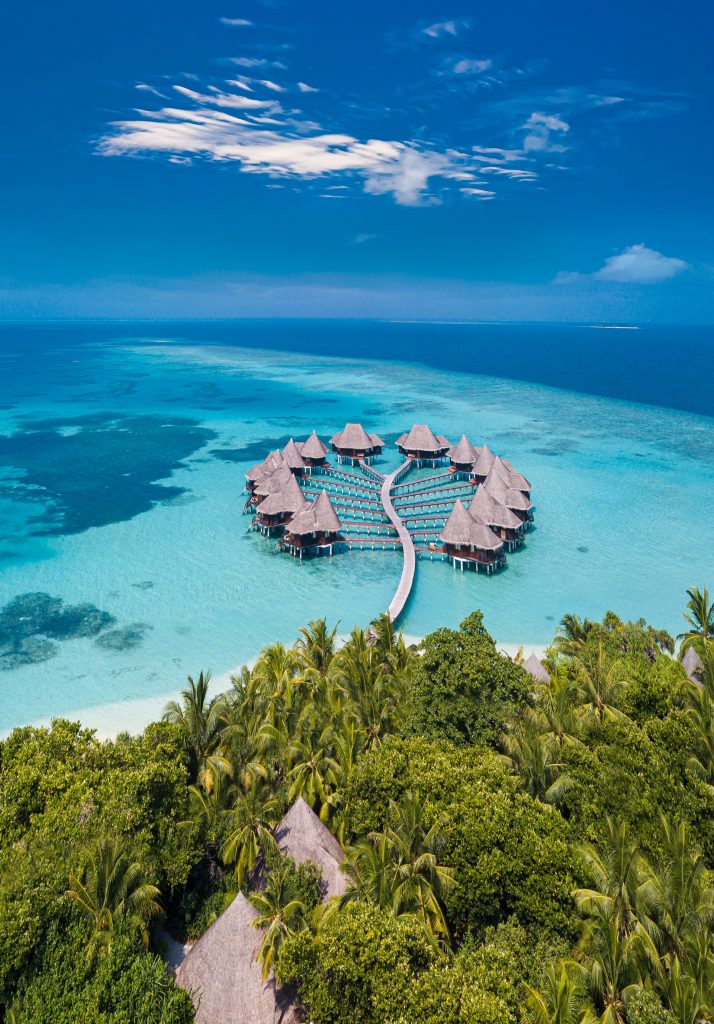
The Maldivian tourism industry’s jubilant transformation into one of the world’s most sought-after destinations is generously credited to European travelers and tour operators, who accounted for the majority of tourists visiting these tropical isles until recently. Those visitors were inspired and embraced every innovation that came their way, defining the Maldives as an exceptional destination.
In the last 50 years, the Maldives has established itself as one of the world’s top luxury destinations, celebrated by the rich and famous as the ultimate getaway.
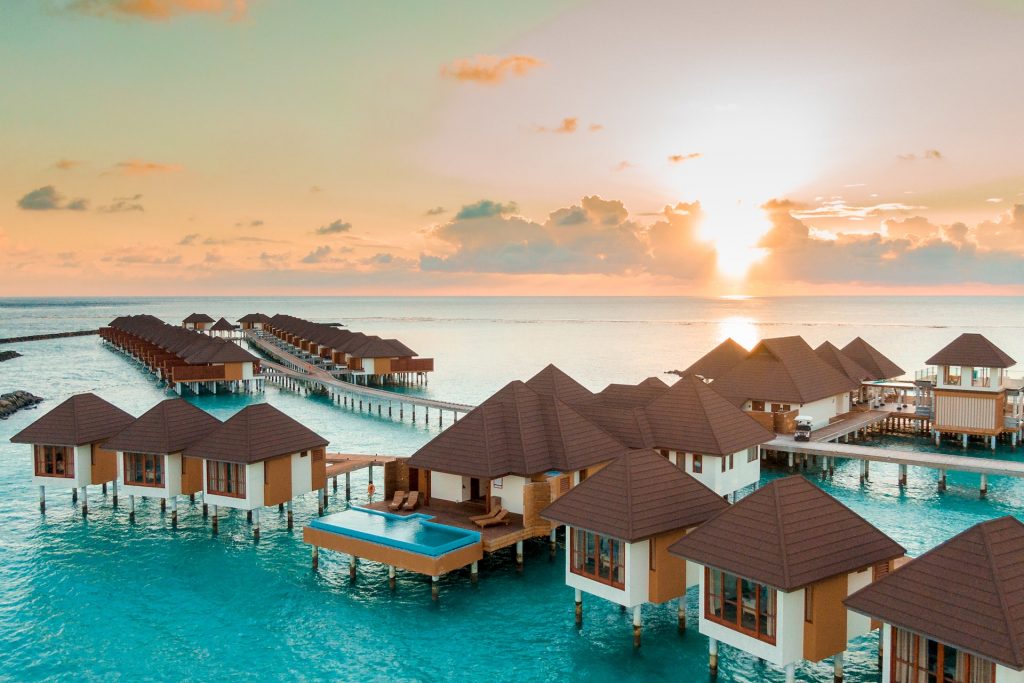
Many Maldivian resorts are award-winning establishments defined by their own distinct product, and the standard of excellence only rises from one resort to the next. However, the Maldivian tourism industry is now taking a new direction, allowing local island communities to become more actively involved in tourism.
Guest houses are a less expensive alternative to resorts. Visitors can explore and experience island life, culture, traditions, and folklore. The welcoming smiles of the locals and staff will make your stay in the Maldives one of the most memorable of your life.
So, if the Maldives is on your bucket list, what is your best travel option?
Will it be a relaxing weekend in a luxury retreat or an adventurous snorkeling trip in a lagoon never seen on a postcard?
